Aerial photography has become increasingly popular with the rise of drone technology, enabling photographers to capture stunning images from unique perspectives.
One of the most critical components influencing the quality of your aerial shots is the drone lens. Selecting the right lens can enhance your image clarity, depth, and overall visual impact.
This guide will help you understand the essential features of a drone lens for aerial photography and how to choose the best one for your needs.
Key Features to Look for in a Drone Lens for Aerial Photography
- Focal Length:
- Wide-Angle Lenses: Typically ranging from 14mm to 24mm, wide-angle lenses are ideal for capturing expansive landscapes and large scenes. They allow you to include more of the environment in a single frame, making them perfect for scenic vistas and architectural shots.
- Standard Lenses: With focal lengths around 24mm to 50mm, these lenses offer a more natural perspective, closer to what the human eye sees. They are versatile and suitable for a variety of subjects, including detailed landscapes and urban scenes.
- Telephoto Lenses: Ranging from 70mm and beyond, telephoto lenses allow you to capture distant subjects with great detail. They are useful for isolating specific elements in a scene or capturing subjects from a long distance without distortion.
- Aperture Size:
- Wide Aperture (e.g., f/1.8 or f/2.8): A larger aperture allows more light to enter the lens, which is beneficial for low-light conditions and achieving a shallower depth of field. This helps in creating blurred backgrounds and emphasizing the subject.
- Standard Aperture: An aperture of f/4 or f/5.6 is sufficient for most daylight conditions and provides a good balance between depth of field and image sharpness.
- Optical Quality:
- Sharpness: High-quality lenses should deliver sharp images with minimal softness or blurring, especially around the edges of the frame. Look for lenses with advanced optical designs and high-quality glass.
- Color Accuracy: The lens should produce accurate colors with minimal color fringing or chromatic aberration. This ensures that your aerial photos reflect true-to-life colors and details.
- Build Quality and Durability:
- Material: Durable construction using materials like aluminum or high-grade plastics can enhance the longevity of your lens. Consider lenses with weather-sealed designs to protect against dust and moisture.
- Weight: Lighter lenses are preferable as they reduce the overall weight of the drone, which can improve flight performance and battery life.
- Distortion Control:
- Minimizing Distortion: Wide-angle lenses, in particular, can suffer from barrel distortion, where straight lines appear curved. High-quality lenses with advanced optics and correction technologies can minimize such distortions and maintain image integrity.
Recommended Drone Lenses for Aerial Photography
- DJI Zenmuse X7 16mm Lens:
- Features: This lens offers a wide field of view and excellent optical quality, making it ideal for capturing detailed, expansive aerial shots. It provides sharp images with minimal distortion.
- Review Highlights: Praised for its exceptional clarity and color accuracy, making it a top choice for professional aerial photographers.
- DJI Mavic Air 2 ND Filter Set:
- Features: This set includes ND filters that reduce light exposure, allowing for better control over shutter speed and motion blur in bright conditions.
- Review Highlights: Useful for creating cinematic effects and achieving optimal exposure in various lighting conditions. Highly recommended for enhancing video quality.
- Freewell All-Day Filter Kit for DJI Mini 2:
- Features: Includes a range of filters, such as ND, CPL, and UV, to improve image quality and adapt to different shooting scenarios.
- Review Highlights: Versatile and high-quality filters that enhance both photography and videography, providing excellent value for enthusiasts and professionals alike.
- PolarPro Cinema Series Filters for DJI Mavic 3:
- Features: These filters offer advanced optical performance and include ND, ND/PL, and CPL filters for comprehensive light control.
- Review Highlights: Known for their exceptional build quality and effectiveness in managing light and reflections, making them ideal for high-end aerial shoots.
Tips for Using Drone Lenses for Aerial Photography
- Understand Your Needs: Assess the type of aerial photography you plan to do—whether it’s landscape, architectural, or detailed close-ups—to choose a lens that best fits those needs.
- Experiment with Different Lenses: Try various lenses to understand their effects on your images. Wide-angle lenses can provide dramatic views, while telephoto lenses offer detailed shots from a distance.
- Utilize Filters: Use filters to control light, reduce reflections, and enhance colors. This can improve the overall quality of your photos and allow for more creative control.
- Maintain Your Lens: Keep your lens clean and protected to ensure optimal performance. Regularly check for any signs of damage or wear and clean it using appropriate tools.
Conclusion
Selecting the right drone lens is crucial for capturing high-quality aerial photographs. By considering factors such as focal length, aperture size, optical quality, and lens durability, you can choose a lens that meets your specific needs and enhances your aerial photography.
With the right lens and proper techniques, you’ll be able to capture breathtaking images from above and take your drone photography to new heights. Happy shooting!




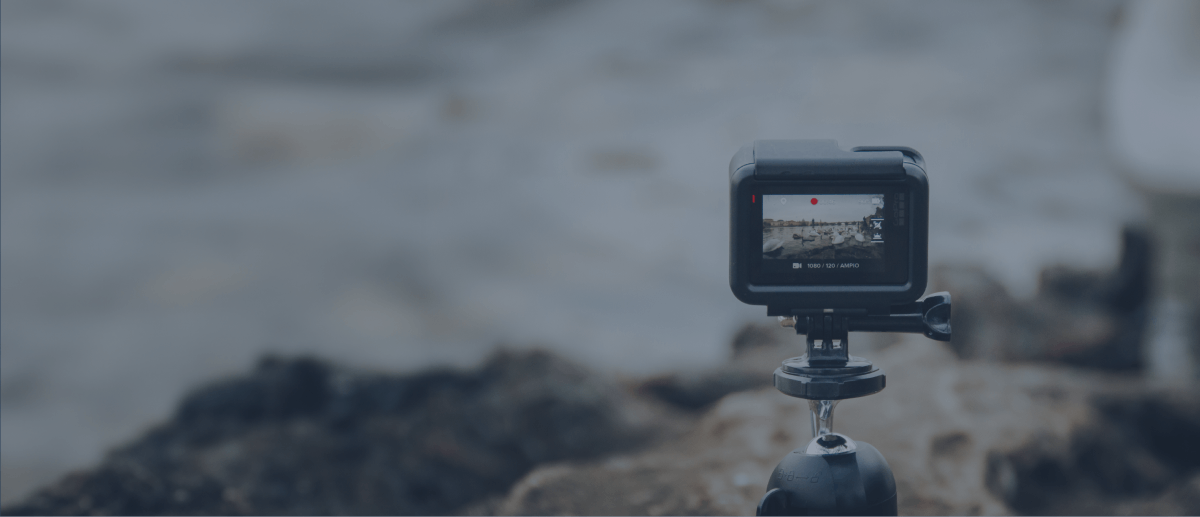
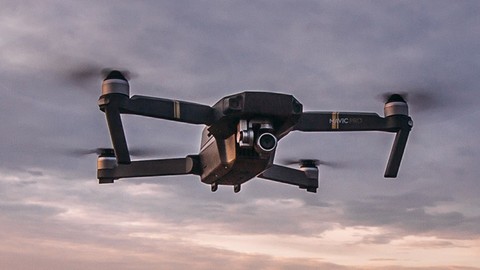
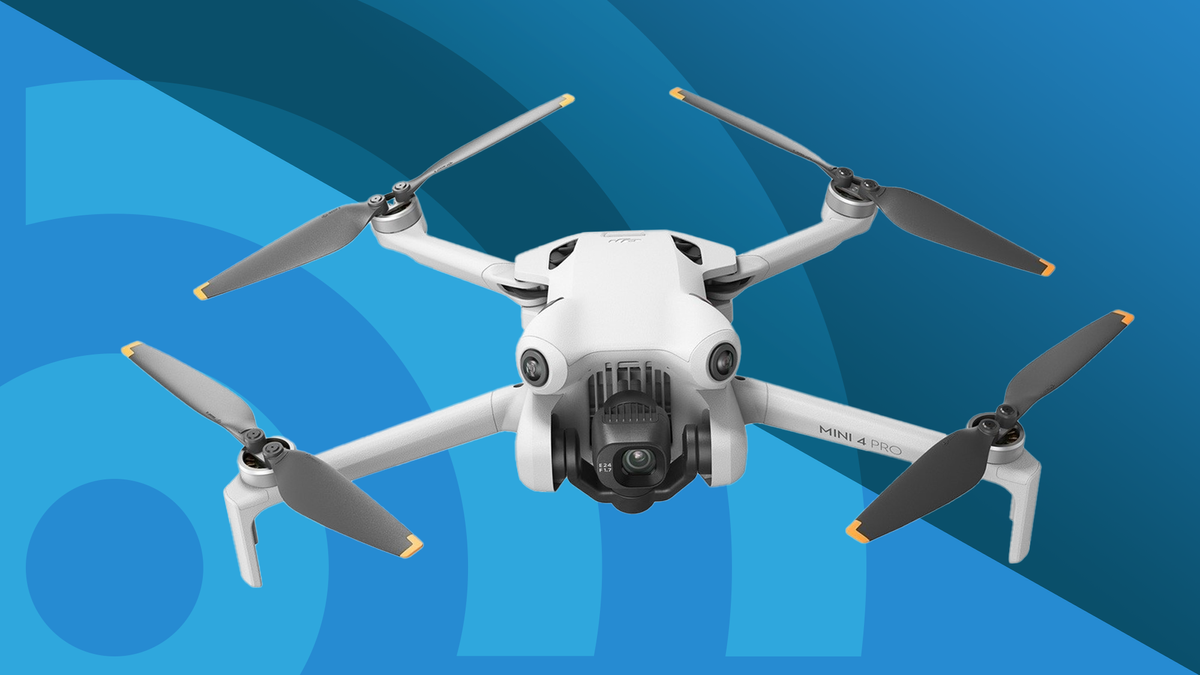
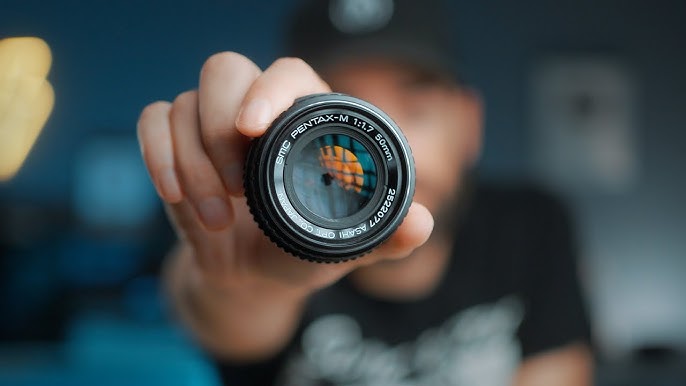
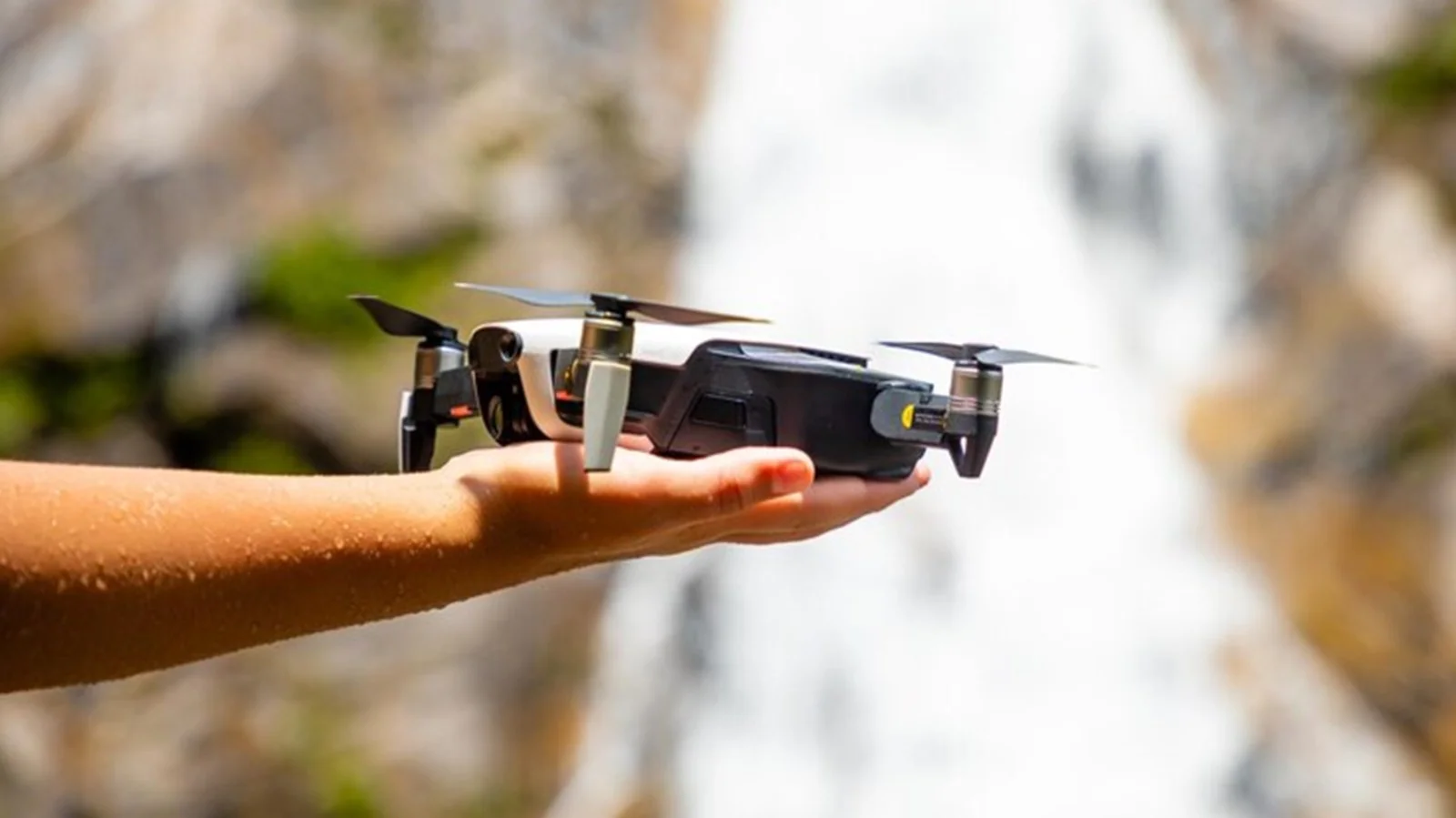
Leave a Reply